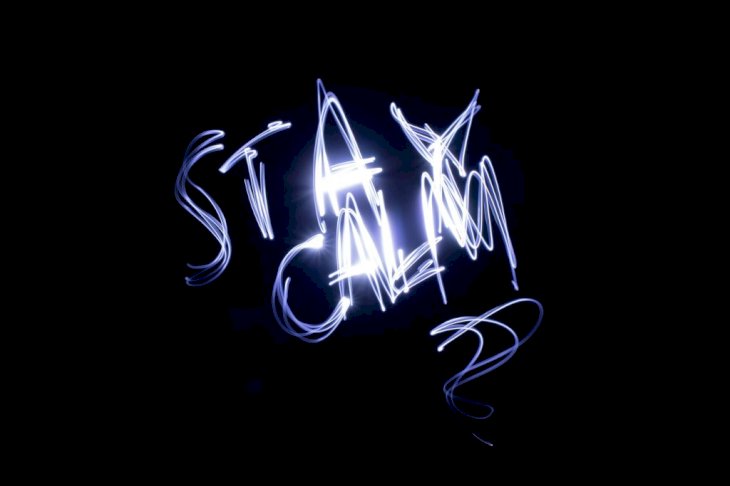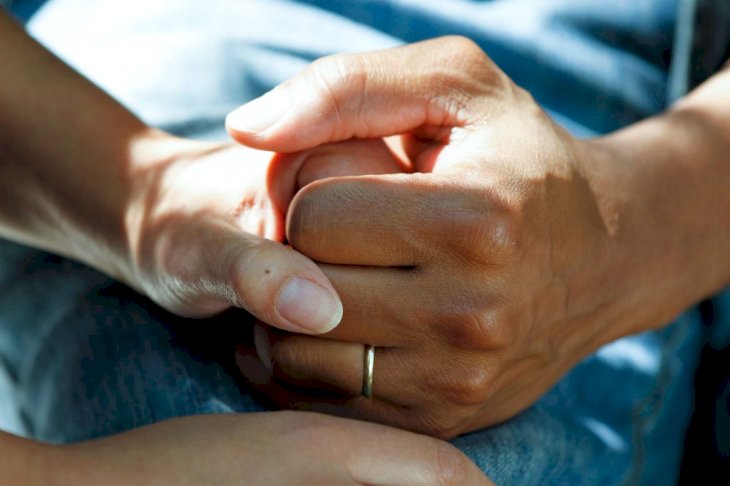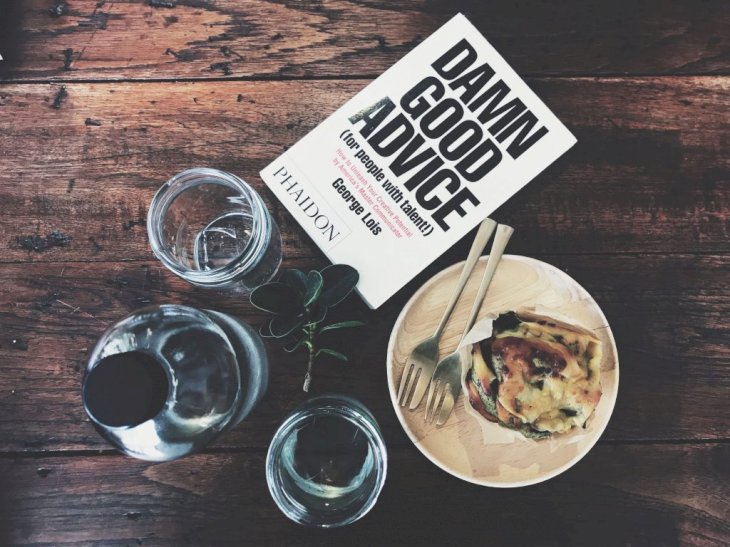
A Short Guide To Helping Someone Having A Panic Attack
The way that we live is stressful at the best of times, but over the past year, mental health has been tested in a way that it never has before. People who used to be happy-go-lucky have started to have panic attacks, and those who already suffered from them have experienced more frequent and intense panic attacks since the pandemic began.
It is essential to know what to do when you have a panic attack, of course, but perhaps even more important is being able to help somebody else when they have a panic attack. Knowing how to do this could save someone a lot of pain and fear.
We’ve compiled a guide on how to help somebody that is having a panic or anxiety attack.
Remain Calm

Unsplash
When a person has a panic attack, they are sure to feel overwhelmed and frightened. For this reason, you must stay calm so that they can see that any perceived threat can and will be handled by you.
If you start to panic, the person having a panic attack will feel even more out of control than before, and it might prolong the duration of the panic attack. All the person needs is a gentle and calm presence around them.
Validation

Unsplash
Most of the time, the person having a panic attack knows that the threat that they are perceiving is not as severe as what they are making it out to be, but they do not need to be told that that is true as this will make them feel even worse.
As the person helping, you need to validate their feelings by offering words of support and encouragement. You could say something like, “I’m sorry that you are going through this; please tell me how I can help you if you can.”
Converse

Unsplash
A person having a panic attack is very much in their head and can’t see a way out. It feels like there is way too much going on, and they might need a distraction from what is going on inside their heads.
The easiest way to do this is for you to simply have a conversation with the person. It can be a meaningless conversation, and the person having the panic attack doesn’t even need to respond at first. It is simply distracting the person from the whirlwind going on in their heads.
5-4-3-2-1

Unsplash
It is essential to try and ground the person having a panic attack to see reality for what they perceive and not what they perceive it to be while they have a panic attack. There are several grounding techniques that you can use to ensure that you help the person.
One of these techniques is the 5-4-3-2-1 technique, in which you ask the person to find five things they can see, four things they can touch, three things that can hear, two things they can taste, and one thing they can smell.
No Assumptions

Unsplash
A person having a panic attack will be under an immense amount of stress and might not feel like they can cope with what’s going on around them. The last thing that they need when this is happening is for someone else to make assumptions about their situation.
As the person helping, it is your job to make absolutely no assumptions about their situation because it will only make them feel worse. Instead, offer some understanding and support until they are calm again.
No Advice

Unsplash
Similarly to not making any assumptions, it will not be helpful for you to give the person having a panic attack any advice. Giving advice could lead to the person feeling even more overwhelmed than they already were.
Instead, just use the above techniques to ensure that you can help the person calm down. Once the person is calm, you can ask if they would like any advice and if they do, you can give it. However, if they don’t, you should steer clear.